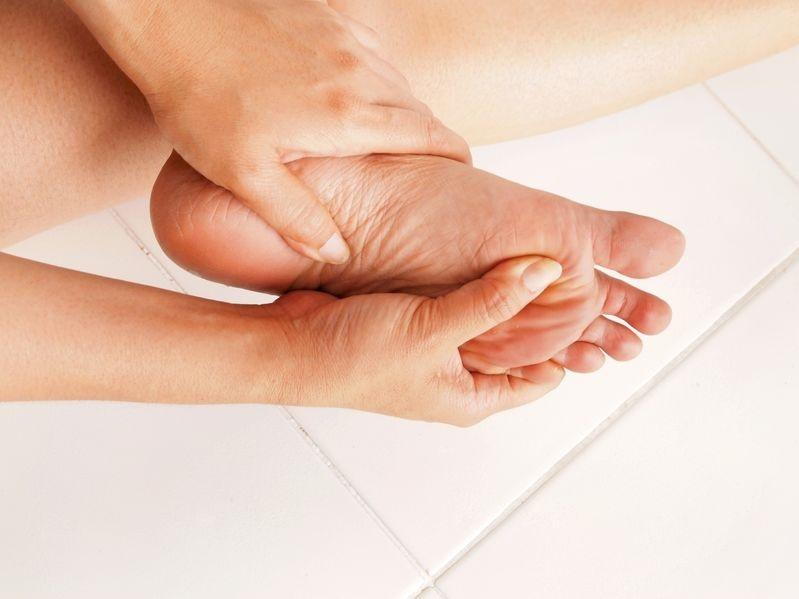As we age, we are prone to many different foot and ankle disorders. Diabetes, loss of bone density and arthritis are some of the most common problems for people as they age. Many of these disorders cannot be prevented, but they can be treated. Some disorders are mild while others like hallux rigidus, a type of arthritis, can be debilitating.
Hallux rigidus is a disorder of the joint located at the base of the big toe. It causes pain and stiffness in the joint, and over time it gets harder to bend the toe. Hallux means big toe while rigidus means hard to move or stiff. Hallux rigidus is a form of progressive arthritis. Sometimes it is confused with a bunion, but a bunion and hallux rigidus are completely different.
Because hallux rigidus is a degenerative condition, the toe’s motion decreases as time goes on. At the beginning of the disorder, when motion of the big toe is partially limited, the condition is called hallux limitus. As time goes on and the disorder worsens, the toe’s range of motion decreases until it reaches the end stage of rigidus, in which the big toe becomes a frozen joint. A frozen joint has no mobility.
Symptoms
- Pain and stiffness in the big toe during use.
- Pain and stiffness aggravated by cold, moist weather.
- Difficulty with running and squatting.
- Swelling.
- Inflammation around the joint of the toe.
As the disorder gets more serious, additional symptoms may develop, including:
- Chronic pain even when not using the toe.
- Bone spurs.
- Difficulty wearing shoes.
- Hip, knee and back aches.
- Limping.
Treatment Options
In many cases, early treatment may prevent or postpone the need for surgery in the future. Treatment for mild or moderate cases of hallux rigidus may include:
- Changes to the shoe can help the condition. Shoes with a large toe box put less pressure on your toe. Stiff soles may also be recommended for more support and stability.
- Orthotic devices can adjust the placement of the foot and stabilize it. Custom orthotic devices may improve foot function.
- Over the counter pain medications can help control pain. Ibuprofen and other over the counter pain relievers may be recommended to reduce pain and inflammation.
- Injection therapy of corticosteroids may reduce inflammation and pain.
- Physical therapy can help to provide pain relief and also help prevent joints from freezing.
The sooner this condition is diagnosed, the easier it is to treat. Therefore, the best time to see a foot and ankle surgeon is when you first notice symptoms. If you wait until bone spurs develop, your condition is likely to be more difficult to manage. Call Joseph Stuto, DPM of Brooklyn, New York. There podiatrists Dr. Joseph A. Stuto and Joseph C. Stuto will use their vast knowledge and experience with arthritis to give you a diagnosis in no time. Call 718-624-7537and make an appointment today. We strive to keep you and your feet in tip top shape.


